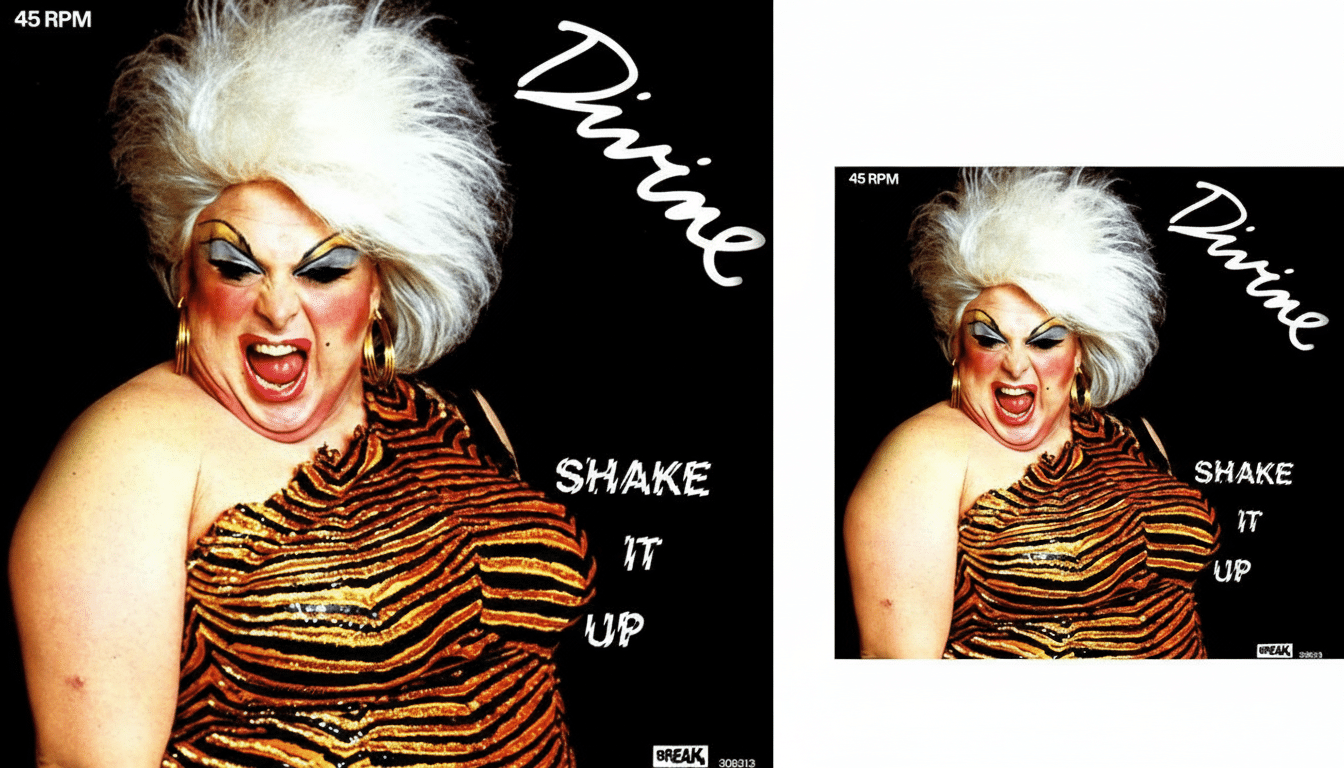And now, Jack Dorsey is on board diVine, a reboot of Vine by the community that brings in many of the platform’s signature six-second loops and beckons new creations. The project kicks off with a healthy chunk of Vine’s video archive restored to the public for viewing and remixing, with guardrails in place to keep generative AI spam out of the feed.
Why a Vine Comeback Makes Sense Right Now
Short video never disappeared — it colonized social media. But with feeds increasingly occupied by machine-made clips, there’s a renewed demand for real and verified human moments — the creative handcuffs that in part made Vine what it was. Vine’s six-second straitjacket didn’t just make jokes and memes; it made careers and a visual language that has since been scrambled and remixed across all of the major platforms. DiVine’s wager is that authenticity plus concision can still make a claim in an era of infinite scroll.

What diVine Brings Back From the Vine Era
diVine has at its heart a laborious restoration of Vine’s lost library. After the original app was shut down, volunteer archivists saved large binary dumps (around 40–50 GB per set) of videos and some fragmentary metadata. DiVine’s team created custom scripts to unpack those blobs and piece together clips, creator profiles and engagement signals — even recovering a subset of comments.
The result is an available treasure trove that numbers in the range of 150,000 to 200,000 videos from about 60,000 creators. It’s a good cross-section that covers much of Vine’s most-shared content, but it does not include many niche communities (such as huge K‑pop catalogs) that were never entirely archived. Yet for cultural historians, creators and fans, it’s a usable time capsule rather than a solid vault.
Human Video Verification and AI Safeguards
Unlike the vast majority of mainstream feeds, diVine is intended to ensure that believed to be AI videos don’t end up getting posted at all.
The app will mark and block uploads it considers machine-generated, putting priority on originality over broad reach. To prove footage was shot by a human, diVine uses technology from the Guardian Project, a human rights nonprofit that makes secure camera and media-integrity tools to vouch for a clip being filmed on an actual device — and not recreated elsewhere.
That approach is one way to fill in a blind spot on larger networks, where AI exposure tends to be spotty. It also underscores diVine’s creative challenge: to create something unforgettable in six seconds that is very undeniably human.
Open Protocols and Ownership for diVine’s Future
DiVine is supported on Nostr — the decentralized, open protocol which Dorsey has been promoting. That choice affords developers leeway to spin up their own clients, relays and media servers and limits single-point control that can hinder social apps when corporate priorities change. Dorsey’s nonprofit “and Other Stuff” is bankrolling the effort to show that it’s possible for small teams using permissionless protocols to develop long-lived, user-centric social software without ad-heavy business models.

Open source by default also means diVine can grow in the open: third-party moderation tools, community-run archives and experimental clients can plug into the same backbone without gatekeeping.
Rights Mechanics and Creator Onboarding
The copyright belongs to the original Viners. DiVine claims it will respect DMCA takedowns for any uploaded clip and provides a method for creators to recover profiles by demonstrating control of the social accounts that were initially associated with these companion bio links. The process is manual as an anti-abuse measure, so response times can fluctuate if a lot of creators demand changes at the same time.
After getting approved, creators can submit content diVine forgot to cover or start uploading their own loops. The team contends that pulling from public internet archives and saving snippets of culture lines up with fair use, even if the acknowledgments that creators prefer tumble into a controversial sea.
The Stakes for Shorter Video in a Crowded Market
DiVine enters a landscape led by TikTok, Instagram Reels, YouTube Shorts and reinvigorated efforts from X to resurrect the Vine name — but without shipping any sort of public product. (Between them, the platforms reach billions and publish tens of billions of daily short-form views, so discovery and retention are the two clear obstacles for any new arrival.)
Yet the format’s pedigree matters. Vine incubated stars like Shawn Mendes and King Bach, minted catchphrases that still circulate and proved that limits can beget creativity. If content from diVine’s archive also spurs nostalgia but it keeps its AI-resistant format to build trust, it could pave the way for a lasting niche for human-first microvideo, particularly with people sick of engagement bait and synthetic clips.
At its core, though, diVine is an exercise in cultural restoration cloaked in a contemporary social app: It hopes to save a formative video canon, furnish it with an actual stage and see whether open protocols and authenticity are capable of powering the next wave of short-form storytelling.

